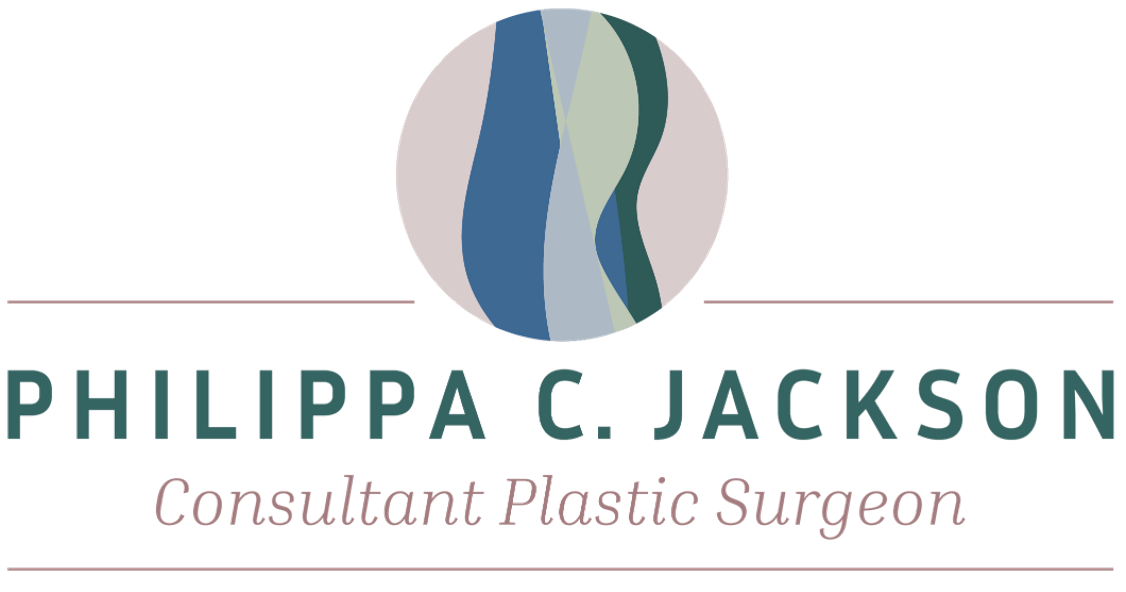Lipofilling
Fat transfer surgery is a procedure where fat is gently removed from one area of the body - usually the flanks, outer thighs or buttocks - and re-injected into another to restore volume or improve contour. The fat is carefully processed and placed using small incisions to achieve a natural result. This is often performed as a day case under general anaesthetic, with dissolvable stitches and minimal scarring. It’s important to be in good health and at a stable weight before proceeding, and more than one session may be needed to reach the desired outcome. Compression garments are usually recommended afterwards to support your recovery and enhance results.
The procedure is carried out under either general or local anaesthetic, depending on the area being treated and the volume of fat required. Fat is first harvested from a donor site, such as the abdomen, thighs, or flanks, using gentle liposuction. This fat is then purified and carefully injected into the target area in small amounts, allowing it to integrate with the surrounding tissue. The process typically takes one to two hours and is performed as a day case, meaning most patients return home the same day.
Recovery is generally straightforward but does involve two healing sites - both the donor area and the recipient area. Some swelling, bruising, and discomfort are normal in the first week and gradually improve over two to three weeks. A compression garment may be recommended for the donor site to minimise swelling and improve comfort. Most patients return to light daily activities within a week, although strenuous exercise and heavy lifting should be avoided for two to three weeks.

After surgery, follow-up appointments are arranged to check your progress. It is important to note that not all of the transferred fat survives - usually, a proportion is naturally reabsorbed by the body in the first few months. However, the fat that remains becomes a permanent part of the treated area. For some patients, repeat sessions are recommended to achieve the best possible result.
Over time, lipofilling provides natural and subtle improvements in contour and volume, with the added benefit of body shaping at the donor site. Scars are very small and fade quickly, leaving little trace of surgery. For women seeking an alternative to implants, or for patients wishing to refine and enhance existing results, lipofilling offers a safe, effective, and lasting solution.
Frequently Asked Questions
- You want an increase in the size of your breasts
- You have no objection to having silicone
- You accept the long-term risks associated with breast implants such as rupture and BIA-ALCL
- You understand that removing the implants in the future will result in residual loose skin
- Surgical time – 60-90 mins
- Anaesthetic type – General anaesthetic
- Time off work – 1-2 weeks office work, 2-6 weeks manual work
- Hospital stay – 1-2 nights
- Shower – 48 hours after being discharged
- Reasonably mobile – 2 days
- Sleeping position – back or side
- Exercise including gym – 6 weeks
- Bras – front fastening post-op bra for 6 weeks day and night
- Sexual activity – after 1-2 weeks when comfortable
- Full recovery – 6 weeks
- Driving – 2 weeks


